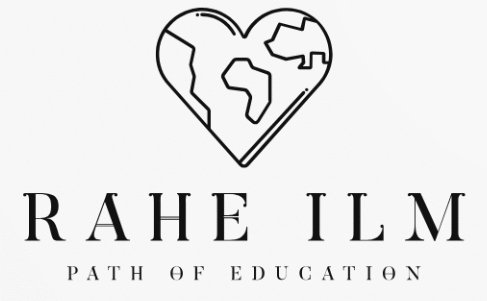Diving into the economics of schooling exposes a truth families already know – education is called free, but small costs build a toll road. Uniforms, notebooks, exam forms, transport, and photocopies arrive like mosquitoes, each tiny alone but unbearable together. Parents who are balancing rent, food, and unpredictable income streams are asked to solve a puzzle that looks simple on paper and impossible at the counter. The result is delayed enrollment, skipped exam cycles, and the slow leak of attendance that becomes a dropout months later. This is not failure, it is design – a system that hides fees in errands and calls it personal responsibility. We can dismantle the trap by pooling supplies, running uniform closets, and bundling fees transparently so no one is ambushed before a test. Clear lists in local languages turn rumors into checklists and fear into planning. Predictable transport stipends convert distance from a barrier into a budget line. When the costs are known, small, and guaranteed, families can say yes without gambling dinner.
Cracking this system requires choosing practicality over performance, because the solutions are not glamorous and that is why they work. Schools can set one day each term when every child gets baseline materials, no questions asked, and watch attendance stabilize the very next week. Districts can align payment windows with when wages usually arrive, instead of punishing families for the calendar. Communities can keep a tiny emergency fund that prevents one unexpected fee from detonating a child’s month. Administrators can track attendance before and after each support, proving impact in numbers that even skeptics respect. The goal is not to make school cheaper in speeches, it is to make it affordable at the point of decision. A pencil is not charity, it is infrastructure, because it unlocks every line a child will ever write. Tear down the toll road of small costs and watch the traffic to school flow.




